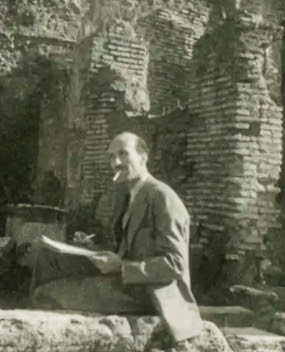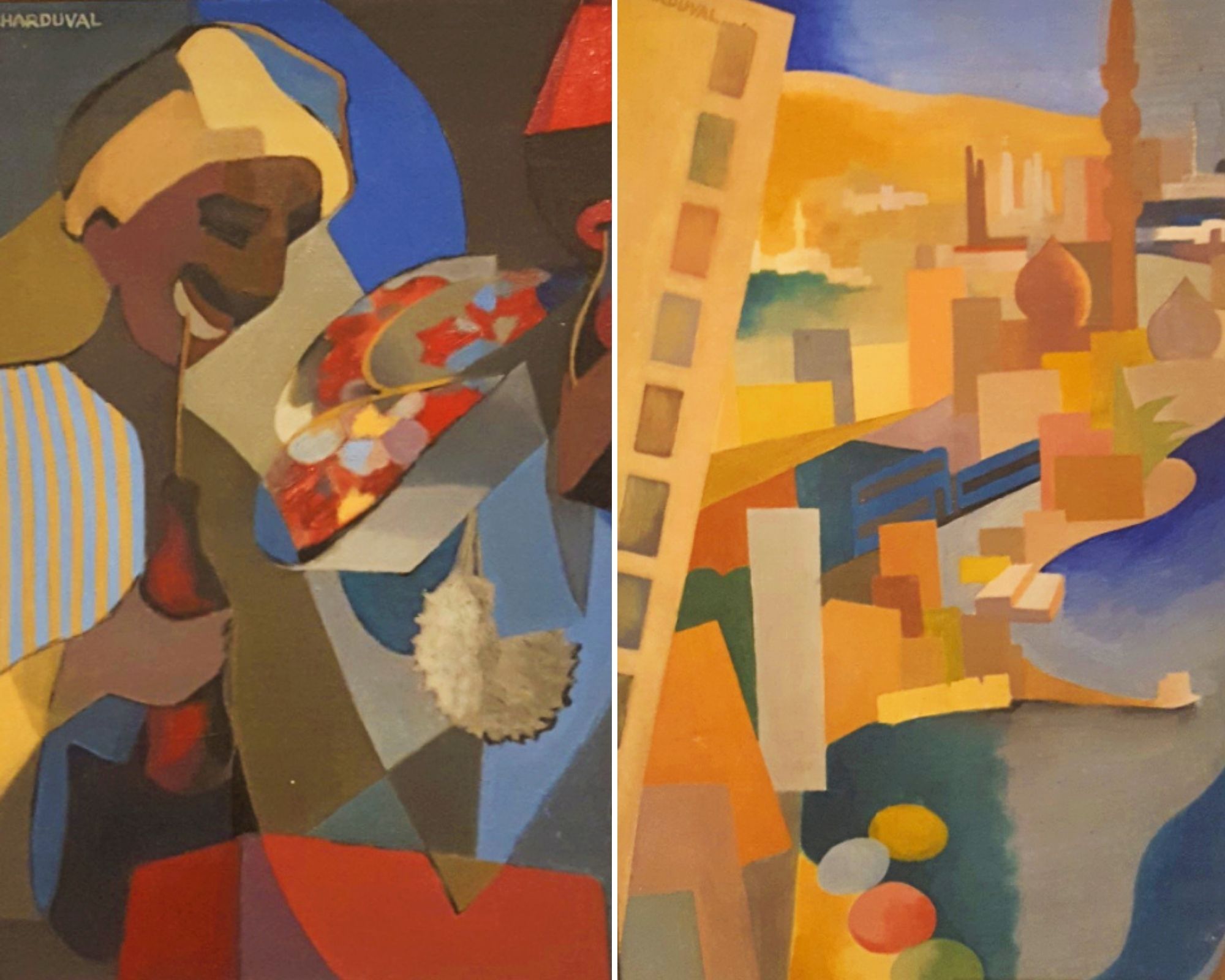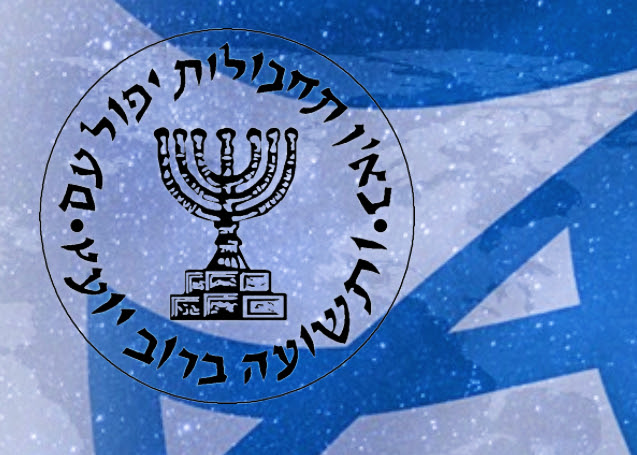Meet the Mossad Artist Who Ran an Egyptian Spy Ring
French artist Charles Duval was the darling of Cairo’s high society after his exhibition at the National Museum in 1950 - even Egypt’s Minister of Culture bought two of his paintings.

The bohemian artist who styled himself 'Charduval' was a tall young man with a cigarette dangling permanently from his lips. He relocated to Cairo in 1950 after declaring his love for the land of the Nile. Local critics gushed about his work, which was strongly influenced by Picasso. It was an impressive debut for an artist, made even more remarkable by Charduval’s real identity: the ‘artist’ was Mossad spymaster Shlomo Cohen-Abarbanel, posing as a French painter while running an Egyptian spy network.
“Five months later, when his show had closed, Charduval said that his mother had fallen ill and he had to rush back to Paris,” Ronen Bergman wrote in Rise and Kill First.
After a few letters to old friends, Charduval never contacted his Cairo set again So what do we really know about the Mossad artist and spymaster? It is sometimes difficult to separate fact from fiction.

"The brand new social experience where you activate your gaming skills as you train like a spy."
- TimeOut
Take on thrilling, high-energy espionage challenges across different game zones.

Cohen-Abarbanel: The art of a Mossad spy

Cohen-Abarbanel was reportedly born in Hamburg, Germany in 1921, one of four sons. With the rise of the Nazi party his family moved to France and later Palestine where he worked as an artist and served in the Haganah, a Zionist paramilitary organization representing the Jews in Palestine.
WWII’s end allowed Cohen-Abarbanel to return to France and study art but Haganah recruited him a few years later for Operation Aliyah B, based out of Marseilles, according to several biographies.
His job was to use his artistic talents to forge passports and papers used by European and North African Jews smuggled into Palestine in violation of British immigration laws.
Cohen-Abarbanel's book of psalms
Cohen-Abarbanel apparently spent his spare time illustrating Tehillim, a 1949 book of psalms issued to IDF soldiers of Brigade 4 in the Jerusalem mountains.
Cohen-Abarbanel’s next stop was Cairo, presenting himself as a bohemian painter who’d adopted a modern abstract style with Oriental themes. The artist’s cover story disguised his movements.
“Cohen-Abarbanel operated networks of agents in Egypt and recruited new agents throughout the Arab world. He collected information about Nazi war criminals who had taken refuge in the Middle East, and he reported to his superiors on the initial attempts of German rocket scientists to sell their services to Arab armies,” said Ronen Bergman, an Israeli investigative reporter who has also written for The New York Times.

When Cohen-Abarbanel returned to Israel in 1952, he pushed Mossad to find and kill escaped Nazis. He was said to be a major figure in the Middle East, Europe, and South America, serving as Mossad’s deputy chief.
Mossad's capture of Adolf Eichmann
He was also reportedly involved in the search and capture of Nazi war criminal Adolf Eichmann, a German SS officer and the focus of Operation Finale. Shlomo Cohen-Abarbanel had obtained a crucial lead in the operation: the Eichmann family's address in Buenos Aires. Years later, Eichmann was hanged by Israel for his part in the Holocaust and extermination of Jews.
After taking a command role in Mossad, Cohen-Abarbanel also designed the agency’s emblem. At its center is a seven-branch menorah and a seal that bore a legend: "For by subterfuge you will make war." This was later changed to: "Where there is no subterfuge - the nation falls, but in the multitude of counselors there is safety.
Cohen-Abarbanel died in 1981 at age 60. His cause of death wasn't publicly revealed. His name lives on, however. In 2017, Israeli artist Tamir Zadok traveled to Cairo in pursuit of Cohen-Abarbanel's story, exhibiting his findings in a video exhibit at the Tel Aviv Museum of Art.
SPYSCAPE+

Join now to get True Spies episodes early and ad-free every week, plus subscriber-only Debriefs and Q&As to bring you closer to your favorite spies and stories from the show. You’ll also get our exclusive series The Razumov Files and The Great James Bond Car Robbery!


Gadgets & Gifts
Explore a world of secrets together. Navigate through interactive exhibits and missions to discover your spy roles.
Your Spy Skills
We all have valuable spy skills - your mission is to discover yours. See if you have what it takes to be a secret agent, with our authentic spy skills evaluation* developed by a former Head of Training at British Intelligence. It's FREE so share & compare with friends now!
* Find more information about the scientific methods behind the evaluation here.


Stay Connected
Follow us for the latest
TIKTOK
INSTAGRAM
X
FACEBOOK
YOUTUBE